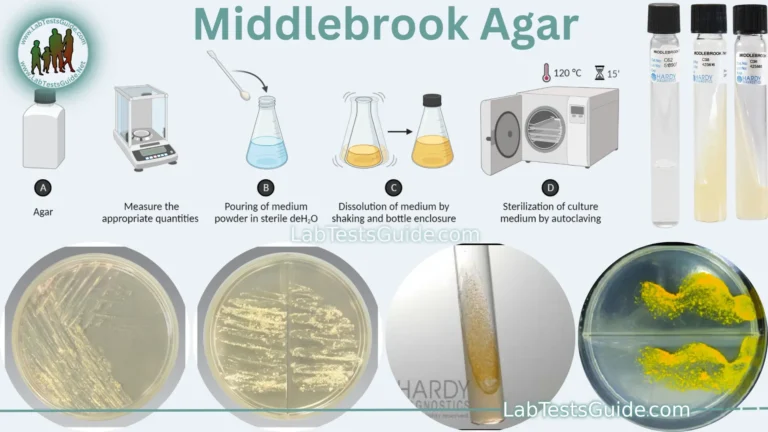Ethylenediaminetetraacetic acid (EDTA) is a widely recognized anticoagulant that has been in use since the early 1950s. Its primary function is to inhibit blood clotting by chelating calcium ions (Ca2+), which are essential for the coagulation process. By binding with calcium, EDTA effectively prevents the blood from clotting, making it a valuable tool in hematological tests.

One of the key advantages of EDTA over other anticoagulants is its ability to preserve the morphology of blood cells, including red blood cells, white blood cells, and platelets. This characteristic makes it ideal for most routine blood tests, where accurate cell counts and morphology are crucial. Sodium or potassium salts of EDTA, such as EDTA-2K, are commonly used in laboratory settings.
However, it is important to note that EDTA is not suitable for tests that involve the measurement of calcium, sodium, or enzyme activity, as its chelating action can interfere with these analyses. Despite this limitation, EDTA remains a preferred anticoagulant for most routine hematological assessments due to its reliability in preserving cell structure and preventing coagulation.
Uses of EDTA Anticoagulant:
- Hematological Tests:
- EDTA is widely used in CBC tests to maintain the integrity of blood cells, allowing for accurate counts and analysis of red blood cells, white blood cells, and platelets.
- EDTA helps preserve the morphology of blood cells, making it ideal for preparing blood smears for microscopic examination.
- Blood Sample Collection:
- EDTA is used in blood collection tubes (often lavender or purple-topped) to prevent clotting, ensuring that the sample remains in a liquid state for analysis.
- Immunohematology:
- EDTA is used to prevent clotting during blood typing and crossmatching procedures, which are critical in transfusion medicine.
- Molecular Biology:
- EDTA can be used in blood collection for DNA extraction, as it preserves the cells and prevents nuclease activity by chelating divalent metal ions.
- EDTA-treated blood samples are often used in polymerase chain reaction (PCR) and other molecular biology techniques.
- Biochemical Testing (With Caution):
- While EDTA is not generally used for enzyme activity measurements, it may be used in specific cases where calcium-dependent enzymes are not of interest.
- Clinical Chemistry (With Limitations):
- EDTA-treated samples may be used for the analysis of trace elements, excluding calcium, which EDTA chelates.
- Veterinary Medicine:
- EDTA is also used in veterinary blood tests, providing the same benefits in preserving cell morphology and preventing clotting.
- Research Applications:
- In research settings, EDTA is used for accurate cell counting and flow cytometry, where maintaining cell integrity is crucial.
- EDTA is employed in studies investigating blood coagulation pathways and the role of calcium in coagulation.
Composition of EDTA Anticoagulant:
| Component | Quantity |
|---|---|
| Di-potassium ethylene-diamine-tetra-acetic acid (EDTA) | 2.5 g |
| Distilled water | 25 ml |
Preparation of EDTA Anticoagulant:
- Weigh the Chemical:
- Weigh 2.5 g of Di-potassium EDTA and transfer it to a small glass bottle.
- Dissolve the Chemical:
- Measure 25 ml of distilled water.
- Add the water to the EDTA in the glass bottle.
- Mix thoroughly until the EDTA is completely dissolved.
- Label the bottle with the contents and preparation date.
- Prepare Small Bottles:
- Pipette 0.04 ml of the EDTA solution into small bottles marked to hold 2.5 ml of blood.
- Dry the Anticoagulant:
- Place the small bottles, without tops, on a warm bench.
- Allow the anticoagulant to dry completely.
- Ensure the bottles are protected from dust and flies during the drying process.
- Store the Prepared Bottles:
- Once dry, replace the tops on the small bottles.
- Store the bottles in a clean, dry place, ready for use in blood collection.
Precautions:
- Accurate Weighing: Ensure precise measurement of EDTA to maintain proper anticoagulant concentration.
- Clean Equipment: Use clean glassware to prevent contamination and ensure accurate mixing.
- Proper Mixing: Dissolve EDTA completely in distilled water to avoid undissolved particles.
- Labeling: Clearly label the bottles to prevent mix-ups and ensure correct usage.
- Drying Process: Protect bottles from dust and insects during the drying process.
- Storage Conditions: Store prepared bottles in a clean, dry place to maintain effectiveness and prevent contamination.
- Safety Measures: Handle chemicals with care and follow safety guidelines to avoid exposure and spills.
Uses of EDTA Anticoagulant in Clinical Laboratories:
- Complete Blood Count (CBC): Preserves cell morphology for accurate red and white blood cell counts and platelet analysis.
- Peripheral Blood Smears: Maintains the integrity of blood cells for microscopic examination.
- Blood Typing and Crossmatching: Prevents clotting in blood samples used for transfusion compatibility tests.
- DNA Extraction: Used in blood samples to prevent nucleases from degrading DNA.
- Molecular Biology Techniques: Suitable for PCR and other tests requiring stable blood samples.
- Cell Counting and Flow Cytometry: Ensures accurate cell analysis by maintaining cell structure.
- Veterinary Blood Testing: Applied in animal blood tests to prevent clotting and preserve cell morphology.
Possible References Used







